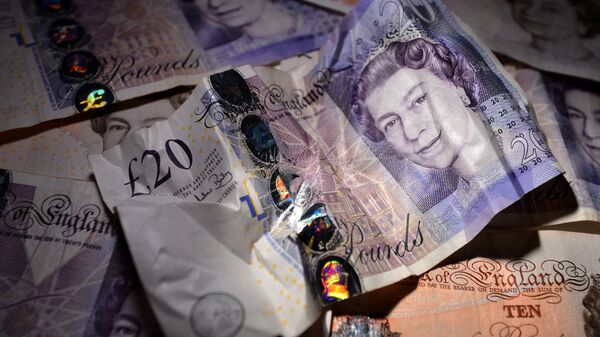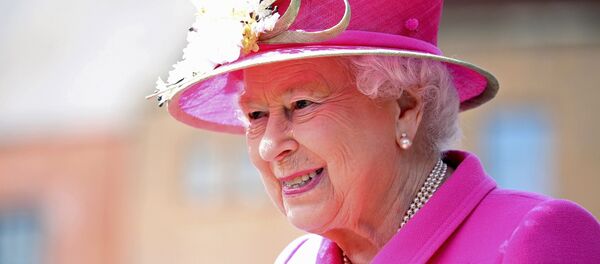Meanwhile, Britain's Queen is in line for a pay rise, in what's known as the Sovereign Grant. Amid the depression felt among Bremainers — and the dread felt by some of Britain's senior economists and investors, following the cut in the UK's sovereign debt rating, Queen Elizabeth II is set for a 6.5 percent pay rise.
The Queen's Sovereign Grant could rise by US$3.75 million up from US$57.3 million this year, meaning Her Majesty is expected to net a cool US$61.1 million from the taxpayer next year after Crown Estate figures revealed a total profit of US$407.45 million.
But it's the crumbling palaces that are costing the taxpayer the most, with US$21.6 million spent on repairs.
During a press briefing to launch the report on royal spending, Keeper of the Privy Purse, Sir Alan Reid said:
"In 2015-16 spending on property maintenance amounted to US$21.8 million and that's 30 percent of our totally expenditure — that's an increase of 39 percent compared with spending on property maintenance last year.
"The occupied royal palaces are a vital part of our national heritage and can only be preserved through sustained investment."
Sir Alan said that the palaces were deteriorating "at a faster rate than we've been able to respond at to date."
Other costs incurred include US$127,000 to charter a plane for Prince Charles and Camilla's tour of the Balkans in March and US$44,000 to charter Prince Harry's flights to Nepal.
The amount of money given to the Royal Family each year by the Treasury is to be reviewed.





